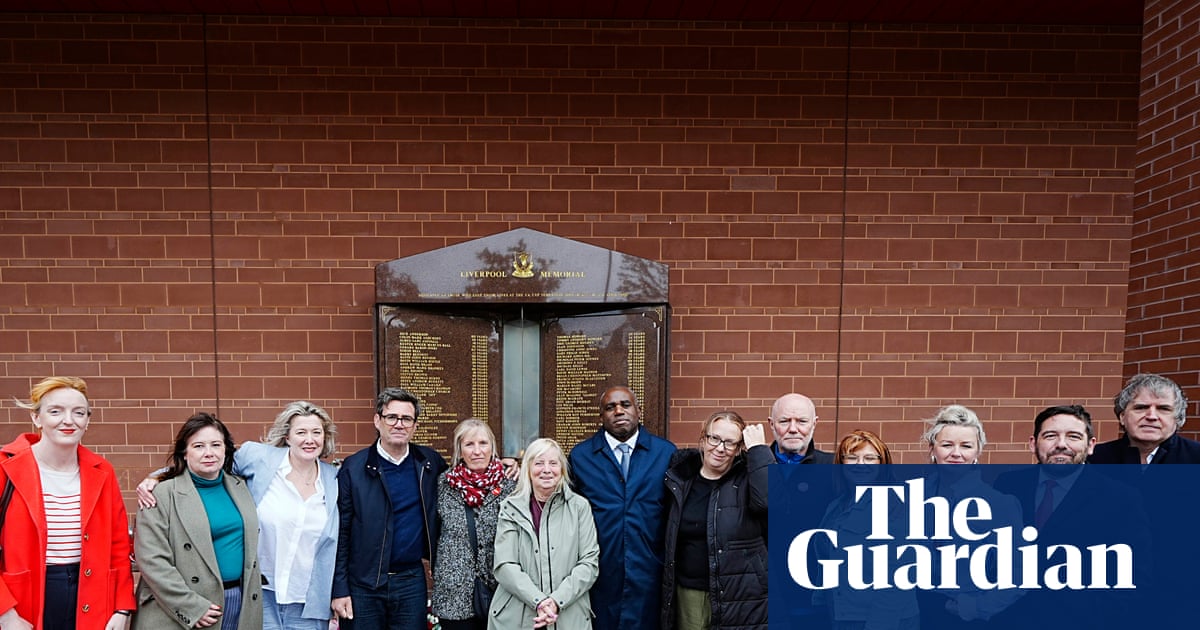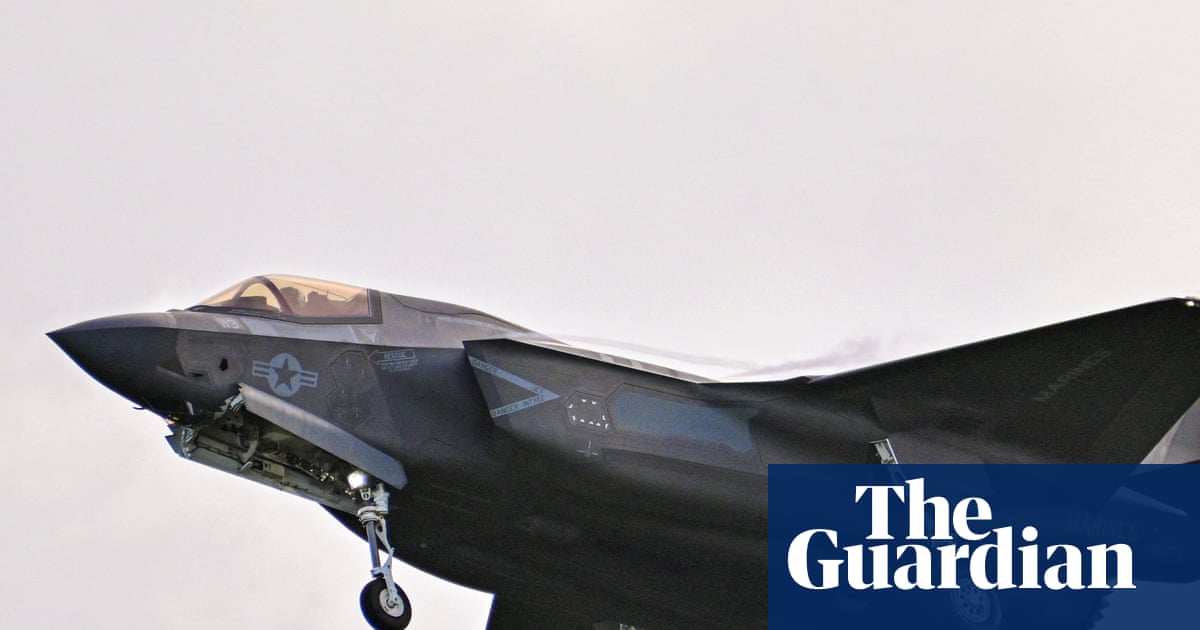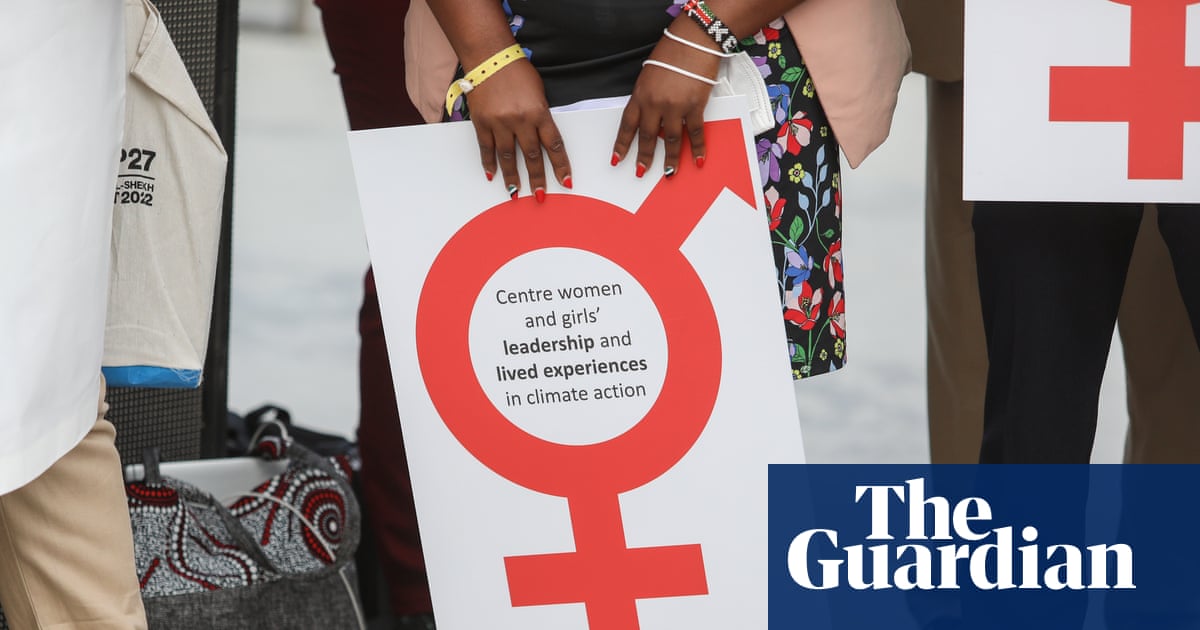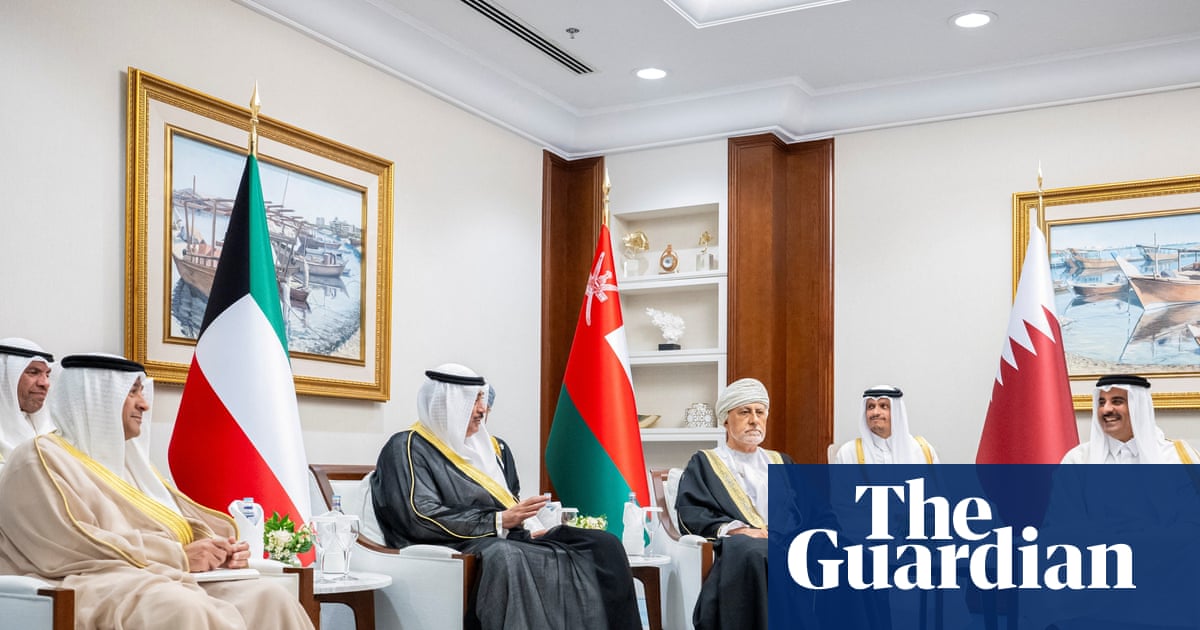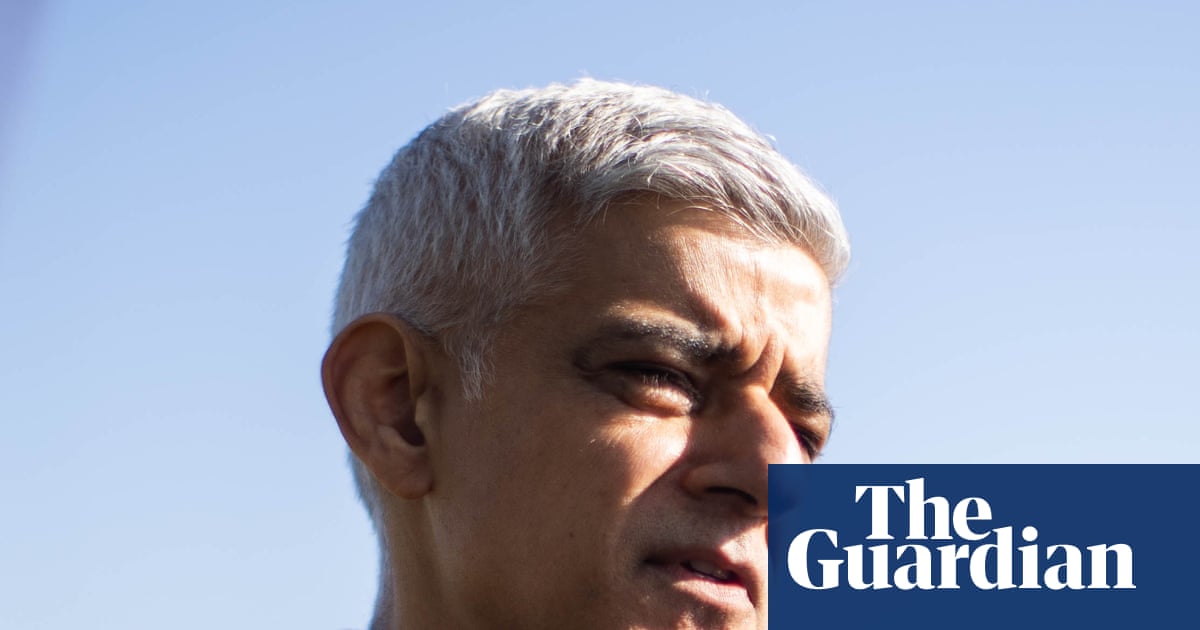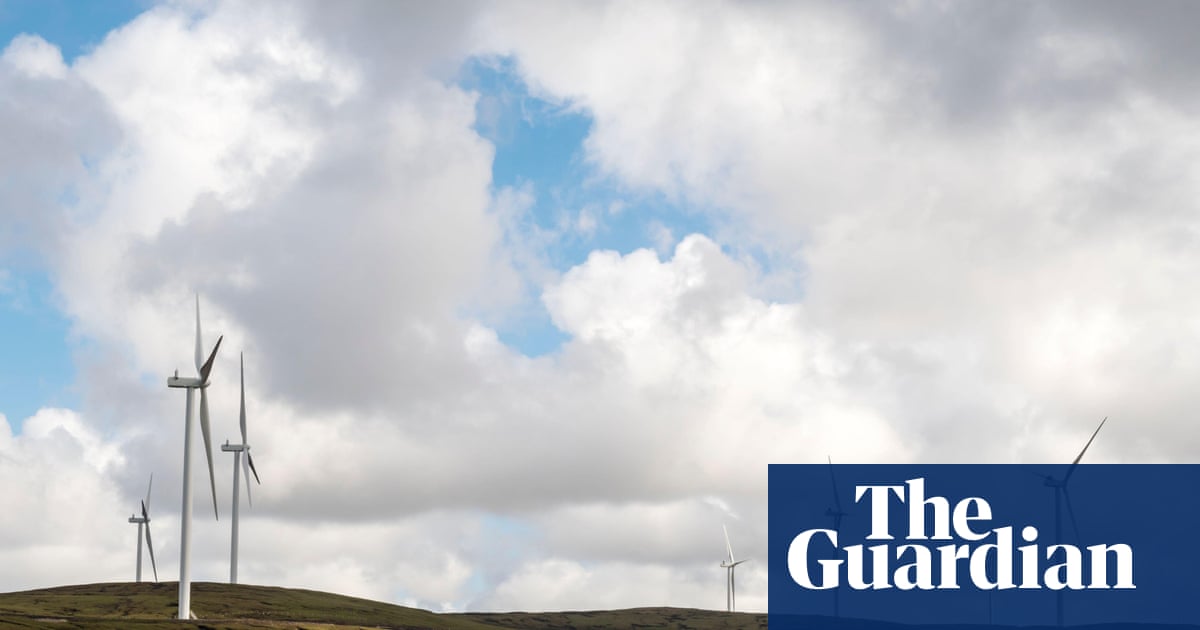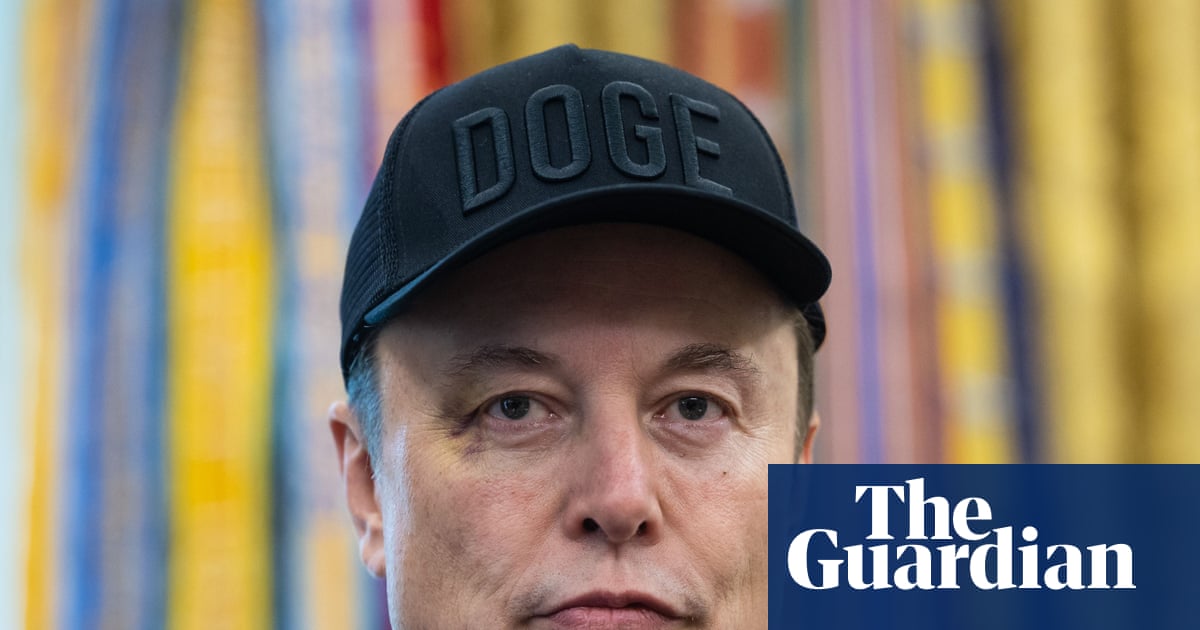“There are so many hang-ups in the documentary world about this idea of ultimate truth,” says Gabrielle Brady. “There’s only subjectivity in documentary. It’s all a construction.”
Ever since Louis Lumière filmed workers leaving his factory in 1895, documentary film has struggled with the idea of authenticity. Lumière’s 17-metre film is regarded as the first ever made, yet even this modest document is a lie: it was filmed not on a work day, but a Sunday. Ethnographer Robert Flaherty staged scenes in his 1922 documentary Nanook of the North, and it was Michael Moore’s crafty editing that made Roger and Me an emotive box office hit.
Brady’s 2018 breakthrough film Island of the Hungry Ghosts, and her latest, The Wolves Always Come at Night, invite audiences, festival programmers, critics, funding bodies and peers to contend with what is, for many, still a new format: the hybrid documentary.
“I only use that word, hybrid, to signify an in-between space,” Brady says. “It doesn’t tell you how it was made. It just lets you know that it’s not entirely documentary, or that the film-maker may have used some fictional tools, which most documentaries have.”
To create her films, Brady works with the subjects to tell their story. Island of the Hungry Ghosts was shot on Christmas Island where Brady entwined spiritual ceremonies; the millennia-old migration cycle of the island’s famous crabs; and the daily life of Poh Lin Lee, a counseller working with asylum seekers being held in indefinite detention. The film, which failed to get funding in Australia, won 14 different prizes at festivals around the world, including the grand jury prize at Sundance.
The film’s release drew attention to the risks faced by its subject, who spoke publicly despite laws at the time prohibiting health workers in offshore detention from doing so. For Brady, this was just one of many ethical complexities the project demanded.
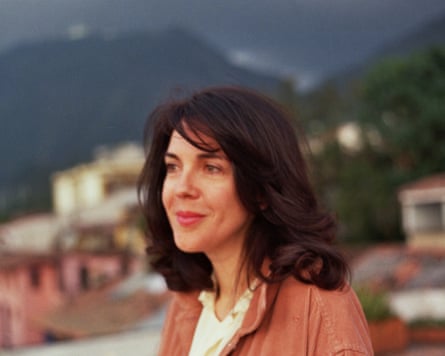
“Ordinarily, protagonists don’t get any creative input,” she says. “If they’re not being paid and if it’s just their story for the sake of everyone else, that doesn’t seem a fair exchange. I like to think of people you’re working with more as team members, creative collaborators. I’m really big on people getting paid. Not for their story or to say a certain thing, but for their time.”
Brady’s new film, The Wolves Always Come at Night, follows a young couple, Davaa and Zaya, and their four children, living in the steppes of Mongolia. We get to know them through their connection with their animals and knowledge of the land, lovingly rendered by Brady in bright, dynamic and warmly intimate scenes. After a devastating dust storm, the family are forced to give up their livelihoods and move to the outskirts of the city, a sprawling shantytown known as the ger district.
Many of the film’s biggest themes – climate change, displacement, economic precarity, the end of a millennia-deep connection to land and animals – haunt the most powerful scenes but go unspoken. Naturalistic conversations take place between the family, scenes that feel inseparable from the story around them. In one particularly intimate moment, Davaa and Zaya lie in bed and contemplate their future. Davaa begins to cry before Zaya quietly scolds him, “Don’t cry in bed.” As Brady explains, moments like this were created collaboratively with the cast and crew.

“For that scene, Davaa and I discussed how the audience can understand the grief he is carrying. I had witnessed that a few times, the burden that he carried; the way he would discuss it was incredibly potent and just laden with this weight. I’d had this idea: what if you were to meet an older herder in the ger district and have this conversation? He said, ‘That would never happen. It has to be with Zaya and the kids can’t be there. It has to be dark, and it has to be quiet. This is [the only way] I would go to those places,’” she says. “Then we created that environment with no expectation of what would unfold.”
Brady’s connection to Mongolia began when she was a teenager. Growing up in the New South Wales Blue Mountains west of Sydney, she studied theatre media in Bathurst with aspirations of becoming an actor. After working as a producer on Sunrise and The Morning Show, Brady joined a volunteer program and spent a year in Mongolia where she produced and co-hosted a children’s television program, Voice Box, designed to help people learn English. Mentioning the show brings forth a burst of laughter. “Oh my god, it was so wonderfully cheesy. We’d travel around, interview kids – like the school chess champion – and live with nomadic families. A lot of what was shown on TV then was imported from Russia or China, so the idea was to make something that was English, learning about Mongolian kids. Everything was handmade. It really looked like a 70s Australian TV set.”
Once back in Australia, Brady chased that feeling to Yuendumu, a community in remote Northern Territory, where she helped other film-makers make their films. It was there she realised she wanted to become a director.
after newsletter promotion
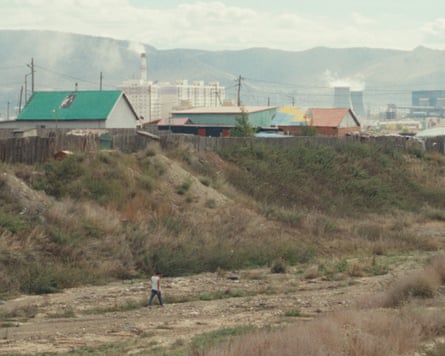
“The longer I stayed in Australia, the more I was being pushed to become a producer,” she says. “But I wanted to be a director, and [as a woman] it was very hard to see myself as one … I wasn’t being held back, I [just] didn’t feel there was any opportunity. A lot of my favourite films were from Europe and South America, and I wanted to learn a different way of seeing the world, so I went and studied film in Cuba.”
In Cuba, Brady studied at Escuela Internacional de Cine y Televisión, a regional film-making school with no internet connection, where students are banned from using a camera for the first year of their three-year course. There, in a state of culture shock, Brady began again. “I burned everything I knew to the ground,” she says, “and rebuilt a vision for how I wanted to make films.” To graduate, she had to travel around the country, interviewing locals and collecting their stories.
“The study itself blurred the lines between documentary and fiction,” Brady says – a practice she took into her own films. “Both Ghosts and Wolves asked for this way of storytelling – to not create suffering for people to be inside of what they’re going through, but instead create a bit of distance. I’m authoring the vision; they’re authoring my story.”

The seed for the story of her latest film was planted five years ago. On her return visits to Mongolia to see friends, Brady found that some had been forced to leave the countryside and move to the city. When she mentioned this to her friend, producer Ariunaa Tserenpil, Tserenpil said it was the sort of story local film-makers would never tell.
“In Mongolia, we are so connected to nature and our animals, but we are not looking into each other because we are shy,” Tserenpil says. “We feel more comfortable with nature, and we don’t talk about our grief. Outside of the city, each family lives a very long distance from each other, and we do not have a sense of community because nomads are very independent people. But Gab put these people at the centre. This intimacy is very beautiful.”
Brady was “tentative and hesitant” about telling the story. “There’s a long legacy of foreign film-makers coming in and making a certain type of film in Mongolia particularly. But the idea grew on me,” she says. “We’re seeing two polarities. In one extreme, there’s this really extractionist way of film-making that’s very exploitative. But on the other side you end up saying, ‘Can you only make a film from the town you’re in?’ ‘Can you only make a film about a woman if you’re a woman?’ So, no. Let’s make something in between. An insider-outsider film and see if we can find a new dialogue in that way of storytelling as well.”
While Brady’s work has earned widespread acclaim, it remains an anomaly in the documentary world. When she began making films in the 2010s, the ecosystem was at its critical and commercial zenith, with lauded film-makers including Laura Poitras, Alex Gibney and Errol Morris. Around the end of the decade came the rise of the streaming services and an insatiable demand for cheaply made nonfiction storytelling: formulaic true-crime exposés, sports films and celebrity profiles made with the approval of their participants. Documentaries that reach cinemas and awards circuits often centre on urgent modern catastrophes – the Russian invasion of Ukraine, the war in Gaza. Both trends make Brady’s work even more unusual.
“The documentary world is topical by nature, and those are the films that might get awards,” says Brady. “I see documentaries as much an art form as fiction, but I don’t think other people do.”
-
The Wolves Always Come at Night is in Australian cinemas from 3 July. In the UK, it is streaming on BBC iPlayer

.png) 2 months ago
46
2 months ago
46
